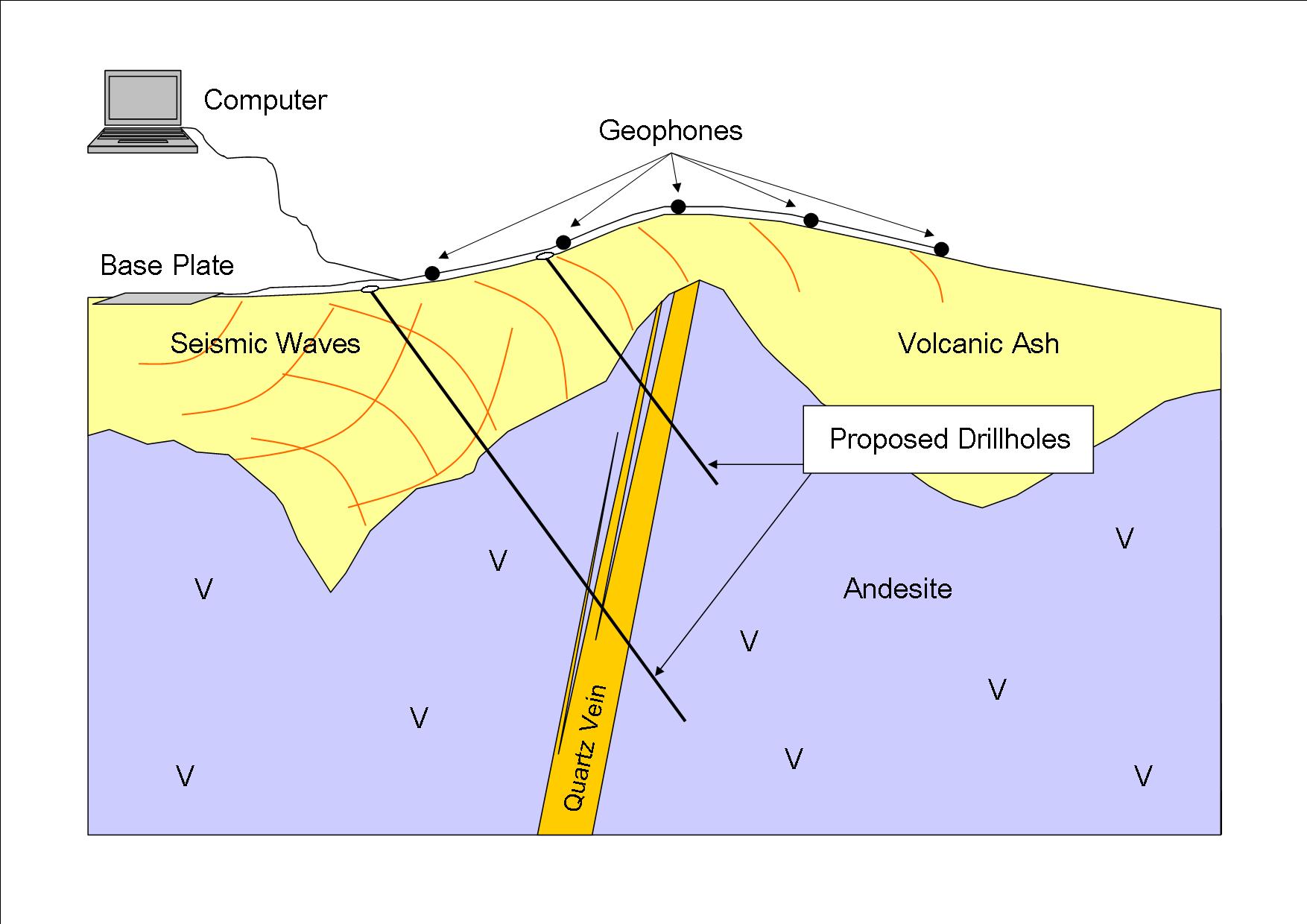All Categories
Featured
Table of Contents
Geophysical Surveys For Planning & More in North Beach Australia 2022
Time slice from 23 to 25ns. This last slice is now practically all blank, however a few of the walls are still showing strongly.
How deep are these pieces? The software application I have access to makes approximating the depth a little challenging. If, nevertheless, the top 3 pieces represent the ploughsoil, which is probably about 30cm think, I would think that each piece is about 10cm and we are just coming down about 80cm in total.

Luckily for us, the majority of the websites we have an interest in lie simply below the plough zone, so it'll do! How does this compare to the other methods? Comparison of the Earth Resistance data (leading left), the magnetometry (bottom left), the 1517ns time slice (leading right) and the 1921ns time piece (bottom left).
What Are Geophysical Surveys & Why Do They Matter in Quinns Rocks WA 2021
Magnetometry, as discussed above, is a passive technique determining local variations in magnetism versus a localised zero worth. Magnetic vulnerability study is an active method: it is a procedure of how magnetic a sample of sediment might be in the presence of an electromagnetic field. Just how much soil is evaluated depends on the diameter of the test coil: it can be extremely small or it can be relatively big.
The sensing unit in this case is very small and samples a small sample of soil. The Bartington magnetic vulnerability meter with a big "field coil" in usage at Verulamium throughout the course in 2013. Leading soil will be magnetically boosted compared to subsoils simply due to natural oxidation and reduction.
By measuring magnetic susceptibility at a fairly coarse scale, we can identify areas of human profession and middens. Regrettably, we do not have access to a trustworthy mag sus meter, but Jarrod Burks (who helped teach at the course in 2013) has some excellent examples. Among which is the Wildcat website in Ohio.
Marine Geophysical Surveys in Mount Hawthorn WA 2023
These towns are frequently set out around a central open area or plaza, such as this rebuilt example at Sunwatch, Dayton, Ohio. Sunwatch Village, Dayton, Ohio (picture: Jarrod Burks). At the Wildcat website, the magnetometer study had located a range of features and houses. The magnetic vulnerability survey assisted, however, specify the primary area of occupation and midden which surrounded the more open area.
Jarrod Burks' magnetic susceptibility survey results from the Wildcat website, Ohio. Red is high, blue is low. The technique is therefore of fantastic usage in specifying locations of basic occupation instead of determining particular features.
Geophysical surveying is a used branch of geophysics, which utilizes seismic, gravitational, magnetic, electrical and electromagnetic physical methods at the Earth's surface to measure the physical homes of the subsurface - Archaeology Arch 1 - Geophysical Survey Flashcards in Riverton Aus 2021. Geophysical surveying methods normally measure these geophysical properties together with anomalies in order to assess numerous subsurface conditions such as the existence of groundwater, bedrock, minerals, oil and gas, geothermal resources, voids and cavities, and far more.
Table of Contents
Latest Posts
How To Become A Geophysicist in Mount Claremont Oz 2023
Geophysical Survey Next Step In Carbon Storage Study in Brookdale Western Australia 2023
Geophysical Investigations in Calista Western Australia 2022
More
Latest Posts
How To Become A Geophysicist in Mount Claremont Oz 2023
Geophysical Survey Next Step In Carbon Storage Study in Brookdale Western Australia 2023
Geophysical Investigations in Calista Western Australia 2022